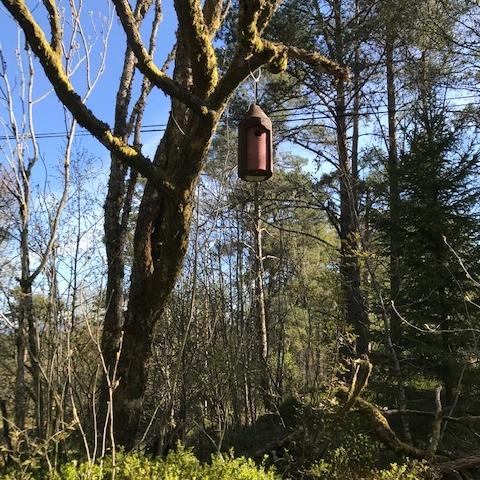Research infrastructure at the University Gardens
The University Gardens are a large-scale UiB research infrastructure, including glasshouses and seed banking

Main content
Botanical gardens fulfil many roles and differ from just being a park or a garden by being based on science. They are scientifically curated long-term living collections of plants and they have become increasingly important world-wide for conservation of plants threatened in the escalating process of diversity loss. Plants form the “backbone” of all terrestrial environments and the loss of plants results in decreased resilience of entire ecosystems.
As the living collections are based on science, they are also available for scientific study, either directly or as an arena for associated sciences: For example, research into taxonomy or the evolution of plants, useful food plants, phytochemistry, biodiversity resilience, or environmental rehabilitation. Many other organisms inhabit a botanical garden since it is a super-diverse habitat. Thus, the botanical gardens are open to research in other fields, such as bird ecology, algae or lichen diversity, or pathogens.
There are three botanical gardens at the University of Bergen: The Arboretum and the Botanic Garden at Milde, and the Museum Garden in the centre of Bergen. The gardens are different but complementary. All are parts of the University Museum of Bergen research infrastructure.


